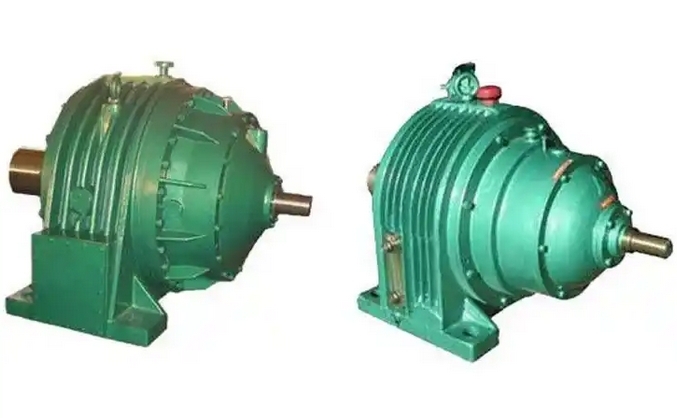How to prevent issues with the installation base of the NGW103-400 planetary reducer
To prevent NGW103-
four hundred
If there is a problem with the installation foundation of the planetary gearbox, the following measures can be taken:
design phase
Reasonable planning of basic dimensions: Based on the model, specifications, weight, and operating stress conditions of the reducer, accurately calculate the size and shape of the foundation to ensure that it can provide sufficient support area and stability. Generally, the length, width, and height of the foundation should be appropriately enlarged compared to the size of the reducer base to ensure installation space and even stress distribution.

Accurately design the position of anchor bolts: strictly follow the installation hole size of the reducer to design the position and quantity of anchor bolts, ensuring that the anchor bolts can accurately fix the reducer and be evenly distributed to withstand various forces during the operation of the reducer.
Considering geological conditions: If the geological conditions at the installation site are poor, such as the presence of soft soil, sand, etc., special foundation treatment is required, such as using pile foundations, replacement methods, etc., to improve the bearing capacity of the foundation and prevent foundation settlement.
construction stage
Ensure basic strength:
Selection of qualified materials: The foundation concrete should be made of high-quality cement, sand and gravel aggregates, and additives, and mixed according to the design mix proportion to ensure that the strength grade of the concrete meets the design requirements.
Standardize the pouring process: When pouring concrete foundations, the correct pouring method should be used, layered pouring, vibration and compaction should be carried out to avoid quality defects such as honeycomb and rough surface, and ensure the compactness and uniformity of the concrete.
Proper maintenance work: After pouring is completed, the foundation should be promptly maintained, covered with moisturizing materials such as plastic film or grass curtains, and regularly watered. The maintenance time should be determined based on factors such as the type of concrete and environmental temperature, generally not less than 7 days, to ensure the normal growth of concrete strength.
Control the flatness of the foundation:
Use professional tools: During the foundation pouring process, use professional tools such as level gauges and plate vibrators to level the foundation surface, ensuring that the flatness of the foundation surface is within the allowable deviation range. Generally, the flatness error per square meter should not exceed 5mm.
Secondary plastering treatment: Before the initial setting of the concrete, the foundation surface is subjected to secondary plastering to further improve the surface flatness and prevent shrinkage cracks from appearing on the surface.
Ensure the installation accuracy of foundation bolts:
Using a positioning template: When installing anchor bolts, use a positioning template to fix the position of the anchor bolts, ensuring that their verticality and levelness meet the requirements, with a deviation of no more than ± 2mm, while ensuring accurate burial depth of the anchor bolts.

